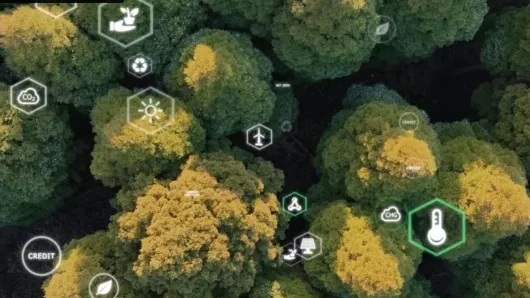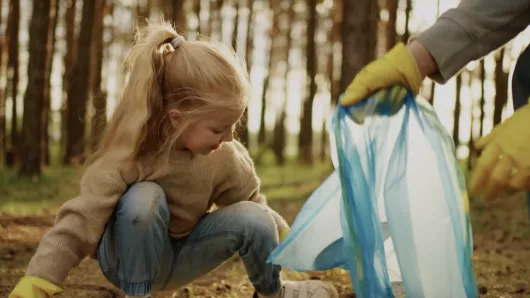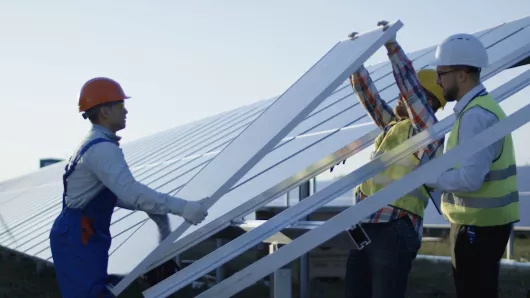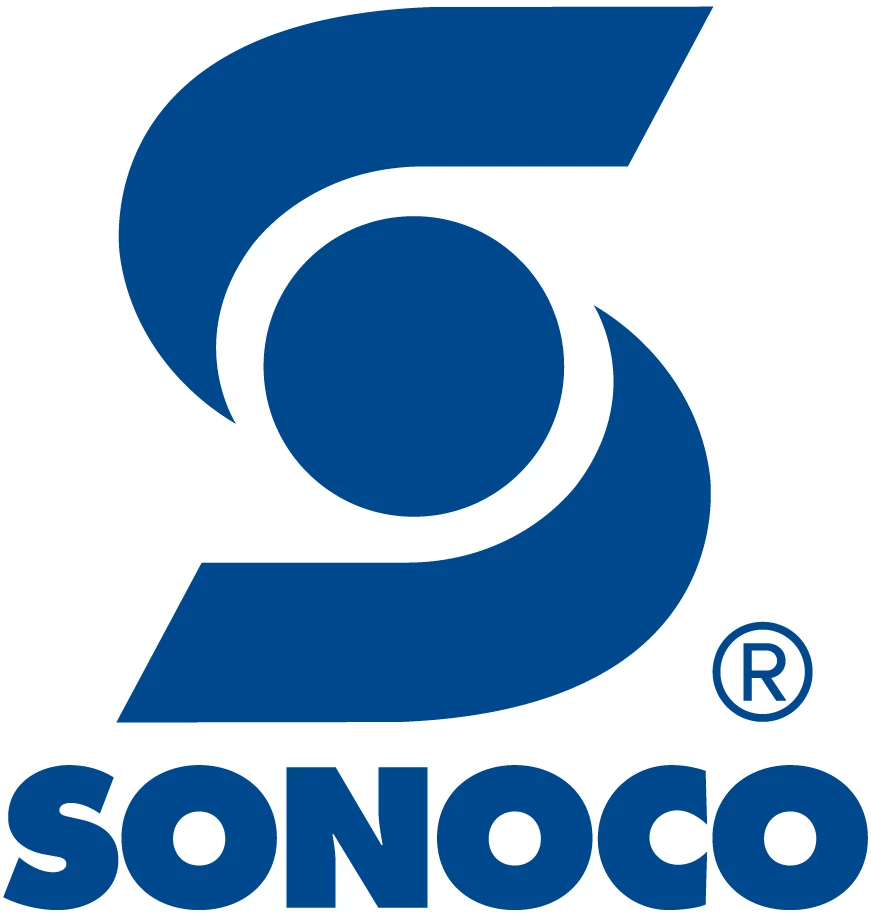The right packaging materials protect our food from damage and contamination from a foreign substance. And, regulatory compliance departments like ours make sure the packaging is in fact safe once in contact with our food. So how do they make sure a package does not allow chemicals to migrate and contaminate our food posing a potential risk to our health? And how are packaging components cleared with regulations harmonized globally?
In addition to the intended use of a package what about the environment? What happens once the packaging used to hold food gets disposed of? Do they impact our soil, groundwater, or surface water in any way?Sonoco's regulatory compliance engineers evaluate it all, from the outside layers like coatings to the intimate food contact layers. Their job is to determine whether what's produced is in fact safe enough to be in contact with the food we eat and, equally as safe for us to dispose of. Let's unpack it further.
At Sonoco, we consider a range of factors to determine the safety of a new raw material or packaging product.
First and foremost, we ensure compliance with all applicable laws and regulations, local, state, federal, and global. We make sure our suppliers and partners meet this standards too, along with any new companies we may acquire.
Whatever the regulation is, we apply it globally to ensure the products we make are safe. We continually review and update policies as new health and safety information and material science becomes known. This list can continually change. So our job is to make sure we're on top of the scientific and public developments.
Once a new raw material or product passes regulatory compliance,our own internal safety assessment begins. We consider the technology, the ingredients, the intended use, watching for potential hazards and exposures. Hazards are all around us, and sometimes where we least expect them to be.
Regulatory compliance has changed over the last five to 10 years in materials and chemicals that were once deemed safe may not be deemed safe anymore. This goes beyond the packaging when in contact with food, but also how these materials and chemicals impact the environment. As we think about sustainable packaging, we must also consider what happens when a package enters our environment.
Do any chemicals escape and leach out and if so, what are the potential impacts? Per and polyflor Alcohol substances known as PFAS are a fitting example. These chemical compounds have been used in certain packaging types for years to function as grease, water, and stain resistant agents. They're perfectly safe for our food as they don't leach into the product themselves. However, the science and public perception of these forever chemicals has changed. The concern lies with their longevity. What we found is that PFAS chemicals do not break down once in the environment. They seep into our soil and drinking water sources over time, and they can become problematic. And so, we're now working to create packaging that does not contain known sources of PFAS because the regulatory pathway and landscape has changed with regard to regulatory compliance and environmental sustainability.
Now that we've unpacked it, you can see why sustainability is relevant to our safety assessments. Our scientists and engineers continually investigate and test suitable, viable, alternative options to ease concerns and make sure our packaging is truly better, not just for product performance, but better for our health and for the health of our planet too.
And that's this episode of sustainability unpacked.




